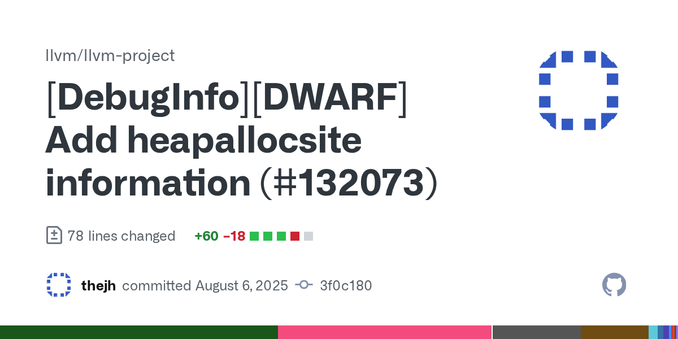Digging into the drive in my NAS that faulted, I'm reminded that magnetic hard drives are preposterously magical technology.
Case in point, using Seagate's tools I can get the drive to tell me how much it's adjusted the fly height of each of its 18 heads over the drive's lifetime, to compensate for wear and stuff. The drive provides these numbers in _thousandths of an angstrom_, or 0.1 _picometers_.
For reference, one helium atom is about 49 picometers in diameter. The drive is adjusting each head individually, in increments of a fraction of a helium atom, to keep them at the right height. I can't find numbers of modern drives, but what I can find for circa ten years ago is that the overall fly height had been reduced to under a nanometer, so the drive head is hovering on a gas bearing that's maybe 10-20 helium atoms thick, and adjusting its position even more minutely than that
This is _extremely_ silly. You can buy a box that contains not just one, but several copies of a mechanism capable of sub-picometer altitude control, and store shitposts on it! That's wild.
Anyway my sad drive apparently looks like it had a head impact, not a full crash but I guess clipped a tiny peak on the platter and splattered a couple thousand sectors. Yow. But I'm told this isn't too uncommon, and isn't the end of the world? Which is, again, just ludicrous to think of. The drive head that appears to have bonked something has adjusted its altitude by almost 0.5 picometers in its 2.5 years in service. Is that a lot? I have no idea!
Aside from having to resilver the array and the reallocated sector count taking a big spike, the drive is now fine and both SMART and vendor data say it could eat this many sectors again 8-9 times before hitting the warranty RMA threshold. Which is very silly. But I guess I should keep an eye on it.


